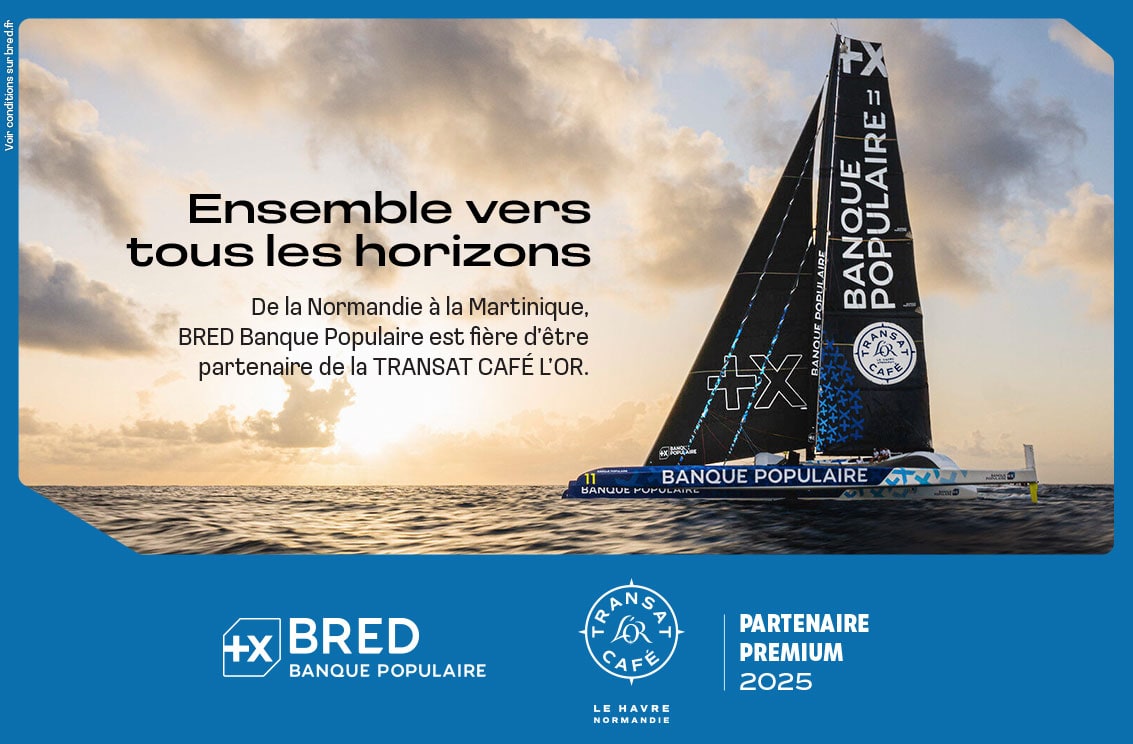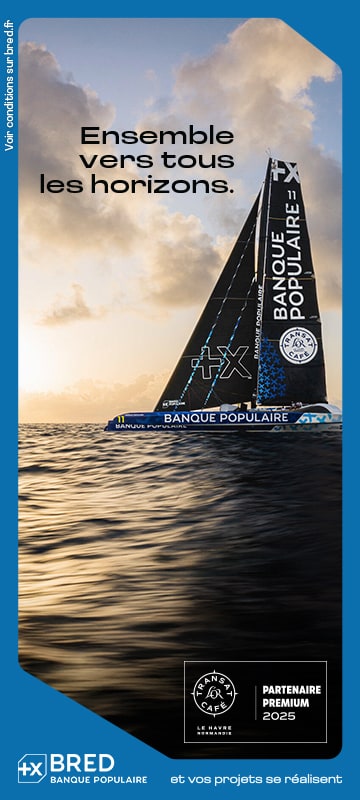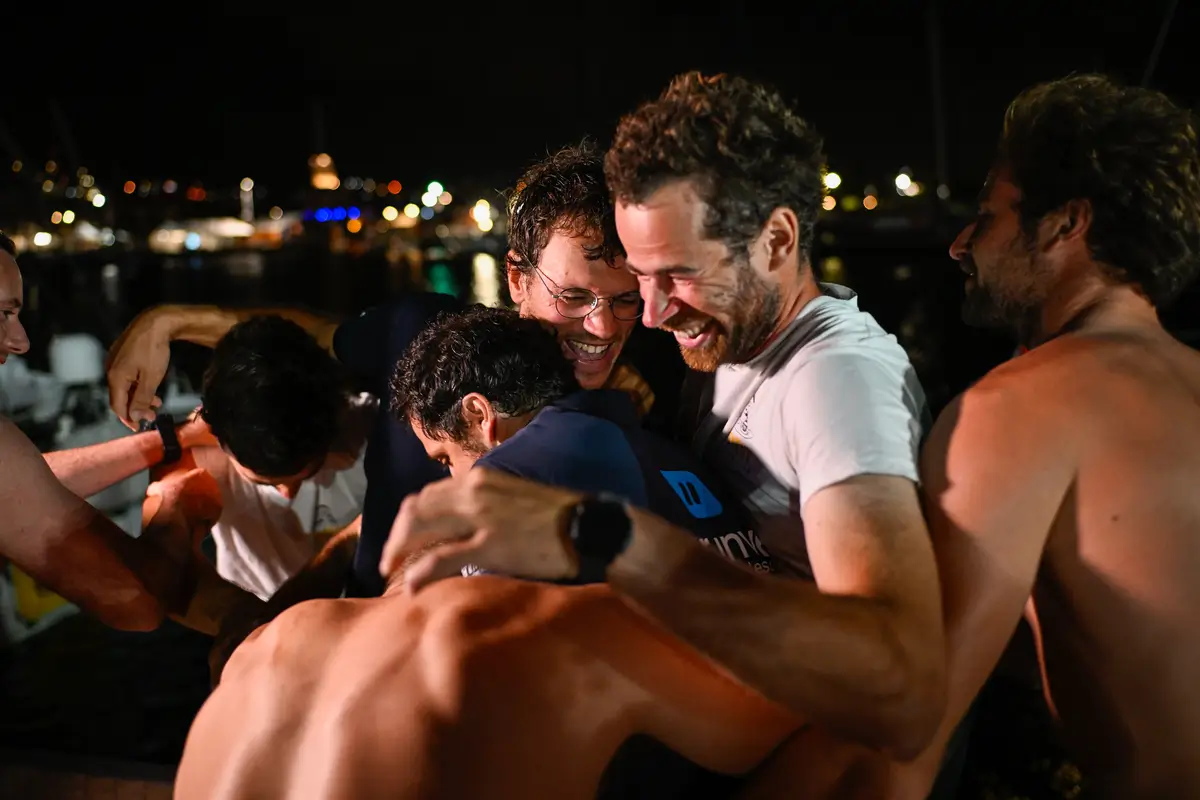It's worth noting that all 18 boats which started the race finished it, a good achievement in this unique transatlantic race. These are so many images that stay with the duos, synonymous with the TRANSAT CAFÉ L’OR Le Havre Normandie. Finishing into Fort-de-France always has something special about it: passing Diamond Rock and the first scent of land, the final leg in the bay of Fort-de-France, then at the pontoon, the fresh fruit, the first words exchanged, and the gentle charm of Martinique as a reward. In the IMOCA class, 36 sailors experienced this joy.
Significant differences
This edition already displays at least one unique feature: the IMOCAs saw no retirements. During the previous race in 2023, six crews from 40 starters had to withdraw. This year, while some had to make technical stops – Paprec Arkéa, Association Les Petits Princes Quéguiner, MSIG Europe – all managed to withstand challenging conditions in the English Channel and the demanding descent south – for many - before reaching the finish line.
The race also highlights the significant speed differences between the latest generation of boats and their predecessors. The winner, Charal (Jérémie Beyou and Morgan Lagravière), completed the course at a multihull like average speed of 19.27 knots. For comparison, Best Western – Fortinet (Romain Attansio and Maxime Sorel, launched then years ago in 2015) finished 11th with an average speed of 14.88 knots. This difference was even more pronounced among boats with sdaggerboards such as Café Joyeux (Nicolas d’Estais and Simon Koster), 13th at 13.34 knots, and MSIG Europe (Conrad Colman and Mathieu Blanchard), 17th at 11.39 knots. And there is some eight days and eight hours separated the first (Charal) from the last (New Europe).






